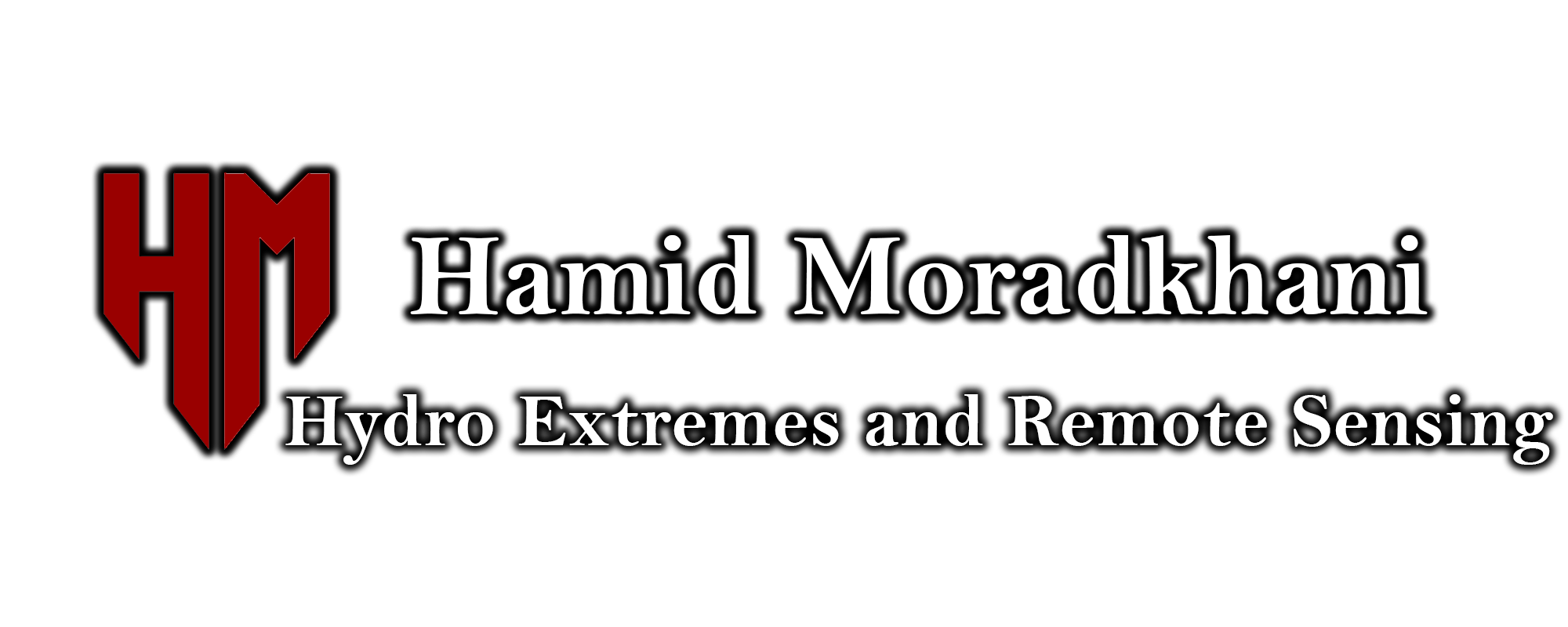Satellite remote sensing provides unprecedented information on near-surface soil moisture at a global scale, enabling a wide range of studies such as drought monitoring and forecasting. Data Assimilation (DA) has been recognized as an effective means to incorporate such observations into hydrologic models to better predict and forecast hydroclimatic variables. In this study, we use a recently developed Evolutionary Particle Filter with Markov Chain Monte Carlo (EPFM) approach to assimilate Soil Moisture Active Passive (SMAP) soil moisture data into Variable Infiltration Capacity (VIC) hydrologic model to provide more reliable topsoil layer moisture (0~–5 cm) over the entire Continental United States (CONUS). The EPFM outperformed an Ensemble Kalman filter (EnKF) in terms of correlations and the unbiased root mean square error (ubRMSE) with in situ measurements from the Soil Climate Analysis Network (SCAN) and the United States Climate Reference Network (USCRN). Also, we used a multivariate probability distribution based on a Copula function to integrate the posterior soil moisture, precipitation (from the North American Land Data Assimilation System (NLDAS)) and evapotranspiration (from the Moderate Resolution Imaging Spectroradiometer (MODIS)) information to develop a new integrated drought index, i.e. SPESMI. To validate the usefulness of the developed integrated drought index, we compared the drought events detected by this index with those reported by the United States Drought Monitor (USDM). The results indicated a strong temporal consistency of the drought areas detected by our approach and the USDM over the entire period of study (April 2015 to June 2018). In addition to such promising results, we noticed that our approach could capture the flash drought in 2017 in the U.S. Northern Plains earlier than the USDM, and could identify some severe to extreme drought events that had been underestimated by the USDM. Moreover, the SPESMI has a high correlation with the yield loss of spring and winter wheat in the United States. This novel drought monitoring framework can serve as an independent and potentially complementary drought monitoring system… Read more

